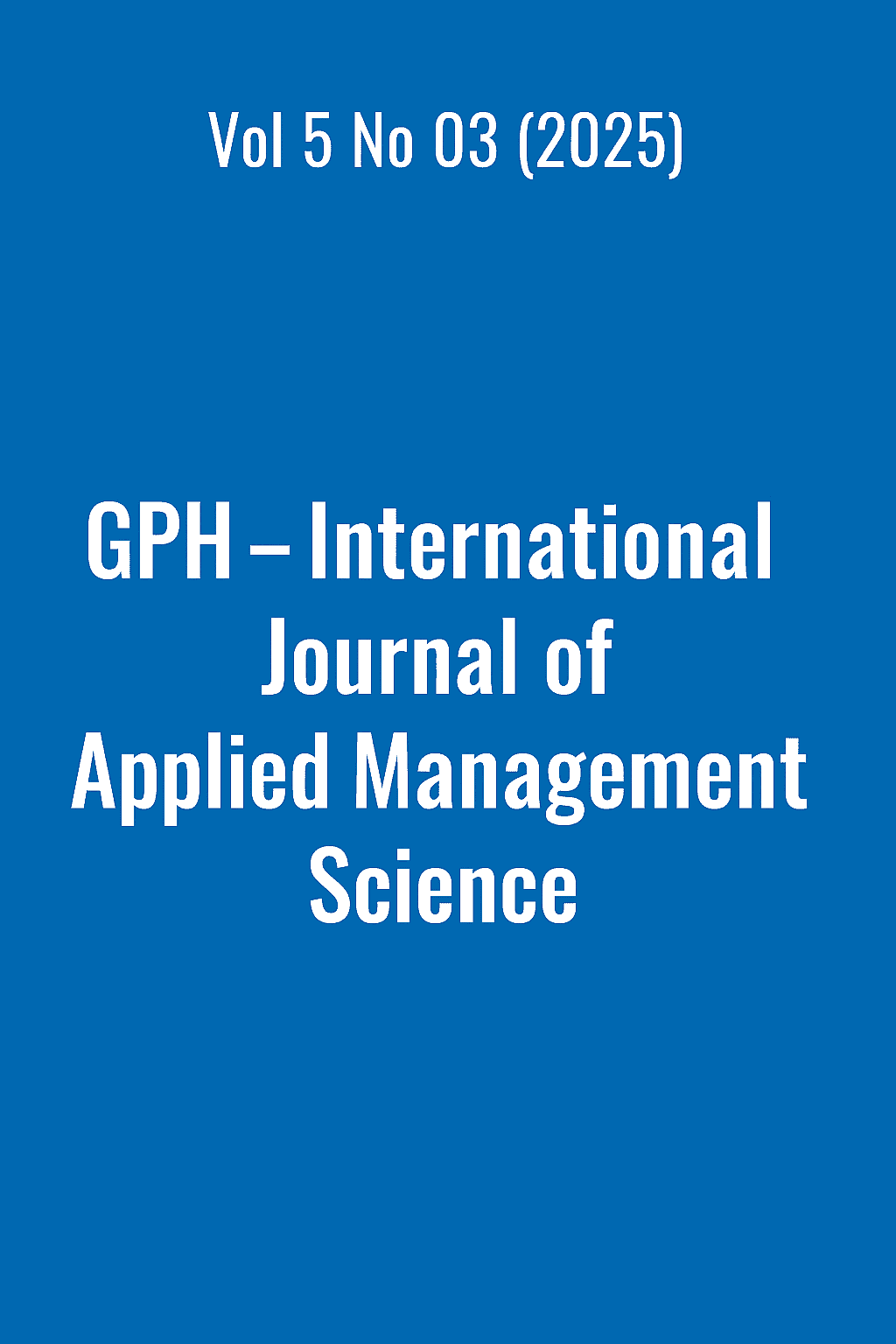COMMUNICATION: BARRIERS AFFECTING COMMUNICATION IN CONTEMPORARY WORKPLACE IN RIVERS STATE, NIGERIA
Abstract
Communication is the broadcast of information, ideas, emotions, skills, through the use of gestures, symbols, words, pictures, figures, body movement, and graphs, to ensure business sustainability. It is as a natural phenomenonthat contributes to the growth or failure of any business. If organization does not choose the right medium of communication to covey information or market its product, the firm may suffer low customer patronage and low profitability. Managers with communication skills are likely to protect the image of the company and improve productivity. Poor communication system may lead to mismanagement and low business output.This study disclosed that the progress of a firm comes from effective communication which is essential for the survival, profitability, and job satisfaction in the organization. Indeed, oorganizations should apply the appropriate channels of communication to transfer information to the receiver for the purpose of achieving organizational performance.
Downloads
References
Davis, R. C. (1971). The fundamentals of top management. Harper Brothers.
Goldhaber, G. M. (1974). Organizational communication. Wm.C.Brown Dubuque.
Griffin, R. W. (2013). Fundamentals of management (7th ed.). Cengage Learning.
Griffin, E. M. (2006). A first look at communication theory. McGraw-Hill.
Hussaini, S. W. (2021). Influence of effective communication on business affluence. International Journal of Advanced Research in Science, Communication and Technology, 596-599. https://doi.org/10.48175/IJARSCT-1078
Katz, D. & Kahn, R. (1978). The social psychology of organizations (2nd ed.). Wiley Communication.
Koontz, H. & O’Donnell, C. (1984). Essentials of management. Tata-Mc Graw Hill.
Luthans, F. (2005). Organizational behavior (7th ed.). McGraw-Hill.
Manmohan, P. (1998). Management concepts and practices. Himalaya Publishing House.
Markaki, E., Sakas,D., Chadjipantelis,T.(2013), Communication management in business.The latent power for career development, Procedia - Social and Behavioral Sciences, 73, 319 – 326.
McFarland, D. E. (1979). Management foundations and practices. Macmillan.
Newman, W., & Warren, E.K. (1979). The Process of management. Prentice-Hall.
Newstorm, J. W., & Keith, D. (1993). Organizational behavior. Mc Grow-Hill.
Shannon, C. E. & Weaver, W. (1949). The mathematical theory of communication. University of Illinois Press.
Stoner, J. A. F., Freeman, R. E. & Gilbert Jr, D. R. (2007). Management. Pearson Education Inc.
Weihrich, H. & Koontz, H. (2005). Management. Tata McGraw-Hill Publishing Company Limited.
Author(s) and co-author(s) jointly and severally represent and warrant that the Article is original with the author(s) and does not infringe any copyright or violate any other right of any third parties, and that the Article has not been published elsewhere. Author(s) agree to the terms that the GPH Journal will have the full right to remove the published article on any misconduct found in the published article.









 Street. Viaductweg 186, City. Bruchem, State. Gelderland, Zip code 5314LK, Netherlands
Street. Viaductweg 186, City. Bruchem, State. Gelderland, Zip code 5314LK, Netherlands

